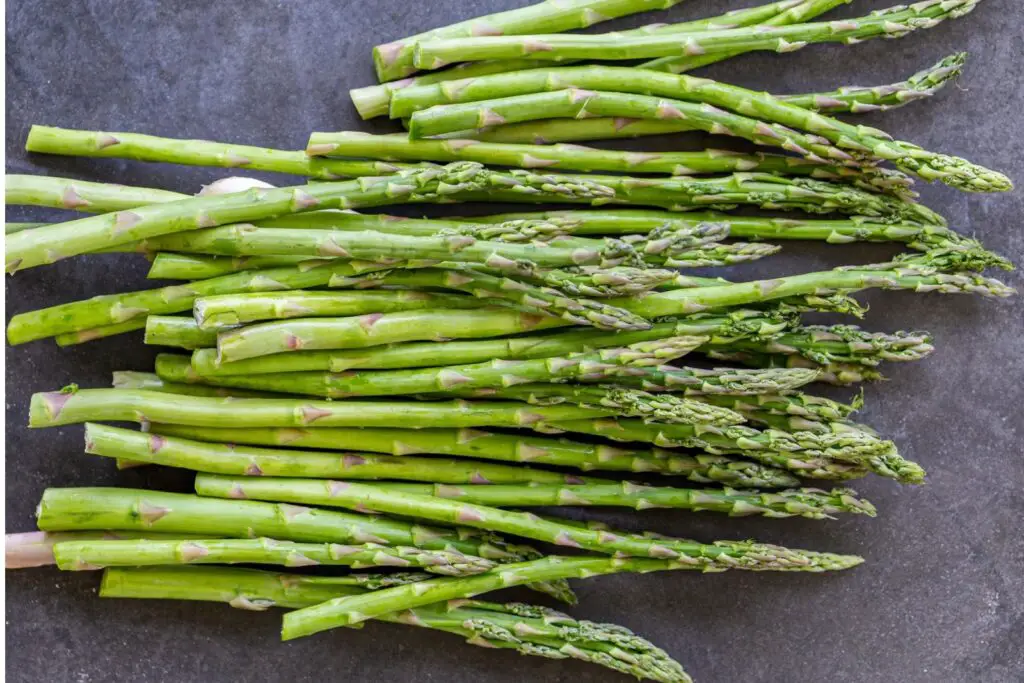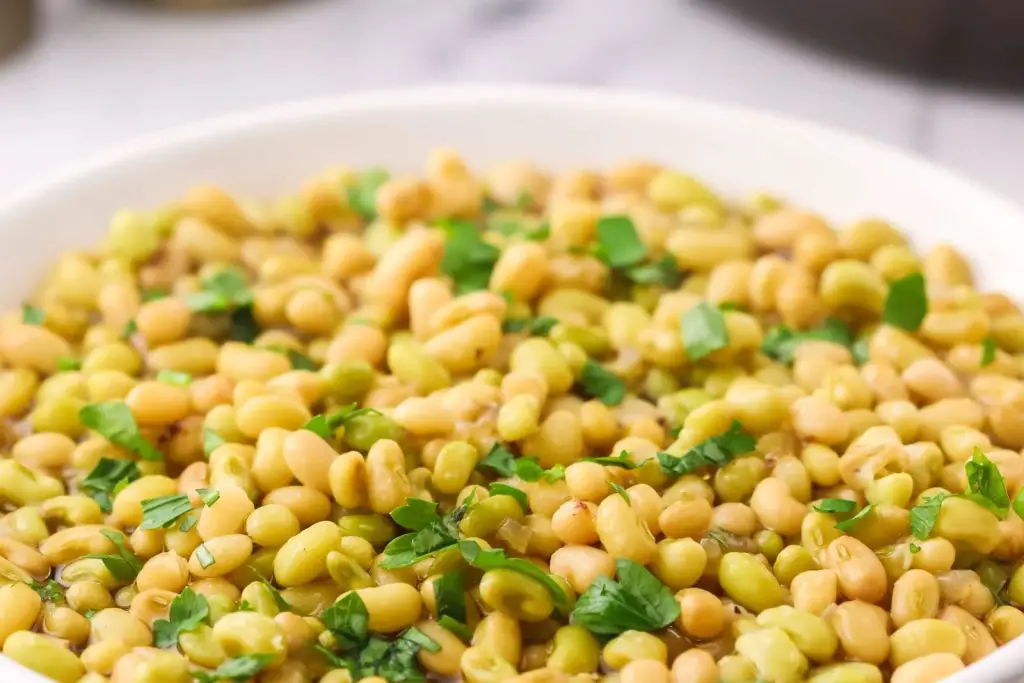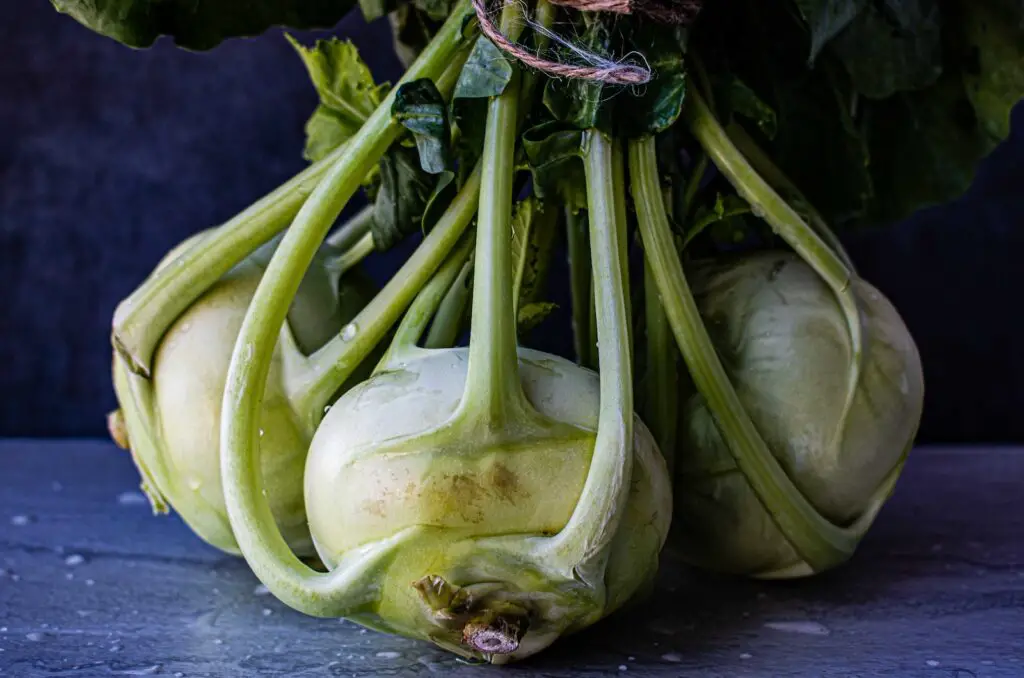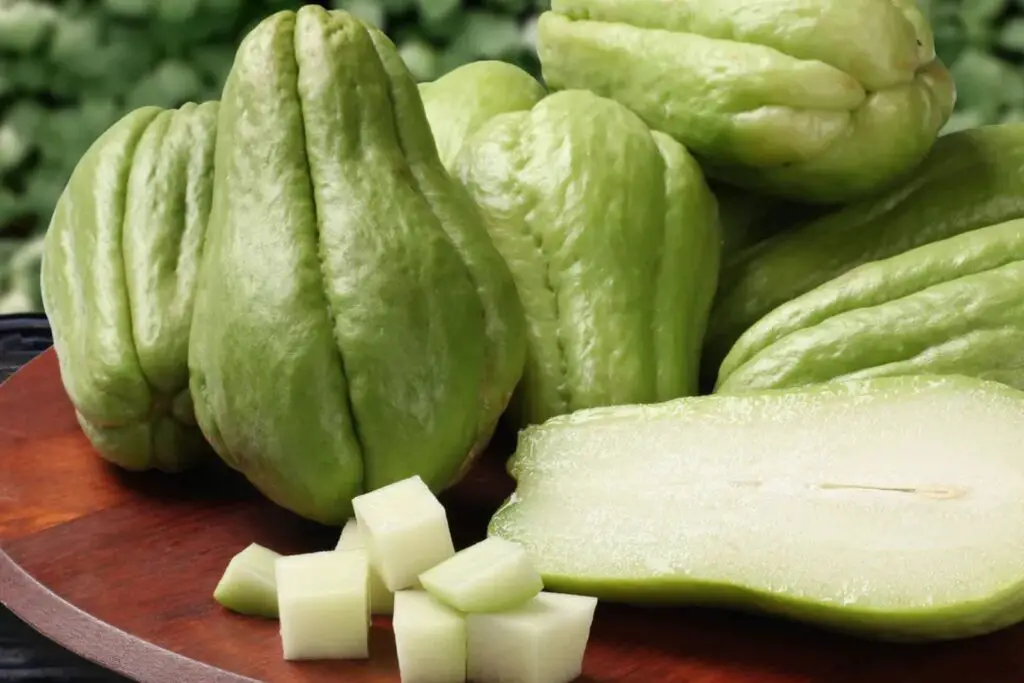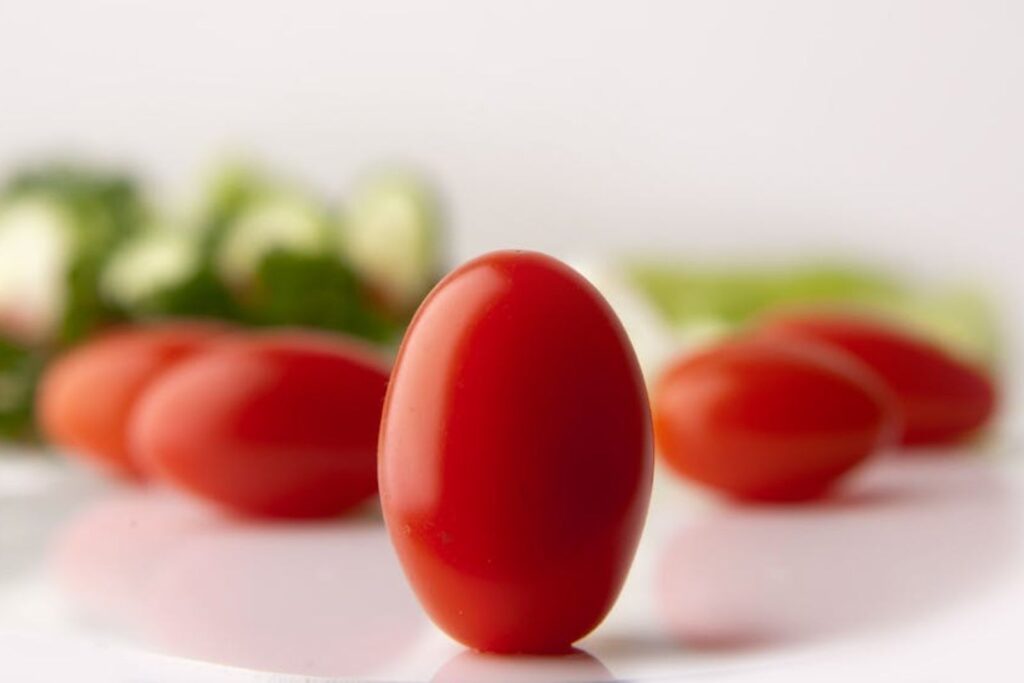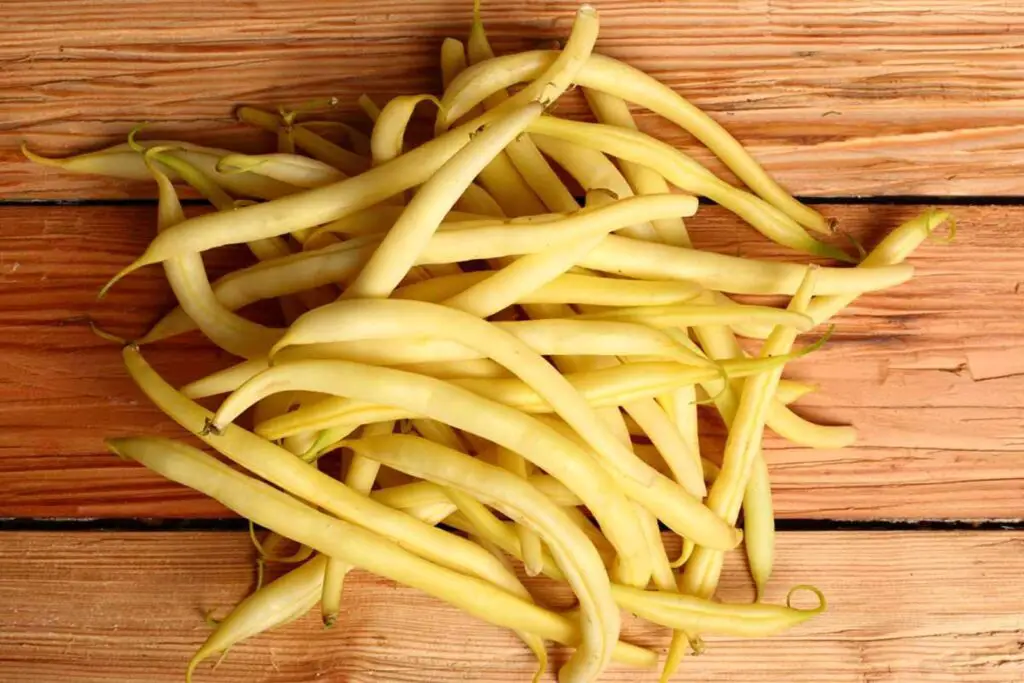
Pea pods, those crisp and vibrant green casings that house the tender peas inside, are a delightful and nutritious addition to our culinary adventures. These edible pods, also known as snow peas or sugar snap peas, bring a delightful crunch and a touch of sweetness to a variety of dishes. Whether enjoyed raw as a refreshing snack, sautéed as a quick and nutritious side dish, or incorporated into stir-fries and salads, pea pods showcase their versatility in the kitchen. Packed with vitamins, minerals, and dietary fiber, pea pods not only offer a burst of flavor but also provide a wholesome addition to any meal. However, when pea pods are abundant during their peak season or when purchased in larger quantities, it may be challenging to consume them all before they start to lose their crispness or freshness. Freezing pea pods becomes a practical and efficient method to preserve their delightful texture and vibrant color, ensuring that each pod retains its tender crunch and nutritional goodness, ready to elevate your meals with a touch of natural sweetness and a burst of green, even when fresh pea pods are not readily available or when you wish to enjoy these delightful vegetables at your convenience. In this guide, we will explore the best practices for freezing pea pods, allowing you to savor their delightful taste and elevate your culinary creations with the essence of perfectly frozen pea pods, without the need for a fresh purchase or harvest from your garden or local market. Get ready to embrace the crispness and natural goodness of pea pods, with a freezer stocked with these delightful green casings that await to add a touch of freshness and nutrition to your dishes.
Here are the simple steps to freeze pea pods:
- Step 1: Select Fresh and Tender Pea Pods
- Step 2: Wash and Trim the Pea Pods
- Step 3: Blanch the Pea Pods
- Step 4: Drain and Dry the Pea Pods
- Step 5: Arrange the Pea Pods for Freezing
- Step 6: Flash-Freeze the Pea Pods
- Step 7: Package and Seal the Pea Pods
- Step 8: Label and Date the Packages
- Step 9: Store in the Freezer
Step 1: Select Fresh and Tender Pea Pods
Selecting fresh and tender pea pods is essential for ensuring the best flavor and texture when freezing them. Young and tender pea pods have a sweeter taste and a more delicate texture compared to older, tougher ones. Here’s why this step is crucial:
- Flavor and Texture: Young pea pods contain smaller and more delicate peas, which have a sweeter taste and a tender texture. As the pea pods mature, the peas inside can become starchier and lose some of their sweetness. By choosing young and tender pea pods, you can preserve the delightful flavor and pleasant crunchiness of the peas.
- Nutrient Content: Young pea pods are at their peak in terms of nutritional value. They are rich in vitamins, minerals, and antioxidants, making them a healthy addition to your diet. Selecting fresh pods ensures you get the maximum nutritional benefits from the peas.
- Appearance: Fresh pea pods are bright green and vibrant in color. This indicates their freshness and quality. Avoid pea pods that have turned dull or yellowish, as they may be past their prime and less flavorful.
- Avoiding Spoilage: Pea pods that are damaged, wilted, or have signs of mold should be avoided. Damaged pods may have compromised flavor and texture and can lead to spoilage when frozen. Always inspect the pea pods carefully before selecting them for freezing.
By carefully selecting fresh and tender pea pods, you set the foundation for a successful freezing process that will result in delicious, nutrient-rich, and visually appealing peas for your future culinary creations.
Step 2: Wash and Trim the Pea Pods
Washing and trimming the pea pods are essential steps in the freezing process to ensure that the pods are clean, free from any contaminants, and ready for preservation. Here’s why this step is crucial:
- Removing Dirt and Debris: Pea pods, especially if they are freshly harvested, may have dirt, dust, or other debris on their surface. Washing the pods under cool running water helps to remove these impurities, ensuring that you freeze clean and safe-to-consume pea pods.
- Food Safety: Washing the pea pods minimizes the risk of foodborne illnesses caused by harmful bacteria or pesticides. Even if the pea pods will be blanched before freezing, giving them a thorough rinse is an important precautionary measure.
- Preserving Flavor: Washing the pea pods helps retain their natural flavors. By removing any dirt or debris, you prevent these foreign substances from affecting the taste of the peas during freezing and later when you use them in your dishes.
- Trimming for Optimal Texture: Trimming the ends of the pea pods is essential to ensure they have a uniform and pleasant texture. The tips of the pods can sometimes be tough or stringy, and removing them improves the overall eating experience when the pods are later cooked or used in recipes.
How to wash and trim pea pods effectively:
- Rinse under cool running water: Hold the pea pods under cool running water and gently rub them with your fingers to dislodge any dirt or debris. This process should be done carefully to avoid damaging the pods.
- Trim the ends: Once the pea pods are clean, use a sharp knife or kitchen shears to trim both ends. Removing any tough or stringy parts ensures that the entire pod is enjoyable to eat after freezing.
- Consider a vegetable brush: If the pea pods are particularly dirty, using a soft vegetable brush can help clean them more thoroughly. Be gentle while using the brush to avoid bruising or breaking the pods.
- Drain the pods: After washing and trimming, allow the pea pods to drain on a clean towel or paper towel to remove excess water before proceeding to the blanching step.
By washing and trimming the pea pods, you set the stage for successful freezing, as clean and well-prepared pods retain their freshness and quality throughout the freezing process. Additionally, these steps contribute to food safety and ensure that you can enjoy delicious and nutritious peas when you use them later in your favorite recipes.
Step 3: Blanch the Pea Pods
Blanching is a critical step in the freezing process of pea pods as it helps preserve their color, flavor, and texture while also ensuring the overall quality of the frozen peas. Blanching involves briefly immersing the pea pods in boiling water and then rapidly cooling them in ice water. Here’s why this step is crucial:
- Enzyme Inactivation: Pea pods contain enzymes that can cause the degradation of color, flavor, and texture, even when frozen. Blanching helps inactivate these enzymes, preserving the natural vibrant green color of the pods and preventing the loss of nutrients during freezing.
- Retaining Nutritional Value: By blanching the pea pods, you halt the enzymatic activity that can lead to nutrient loss over time. This helps to maintain the nutritional value of the peas, ensuring that they remain a valuable source of vitamins, minerals, and antioxidants when consumed later.
- Texture Preservation: Blanching stops the softening process caused by enzymes and helps retain the crispness and desirable texture of the pea pods. This ensures that the frozen peas have a pleasant bite when you use them in cooking or as a side dish.
- Bacteria Reduction: Blanching also helps reduce the number of bacteria on the pea pods’ surface, adding an extra layer of food safety before freezing.
How to blanch the pea pods effectively:
- Boil water: Bring a pot of water to a rolling boil. The pot should be large enough to accommodate the pea pods without overcrowding, which ensures even blanching.
- Add the pea pods: Carefully add the cleaned and trimmed pea pods to the boiling water. Work in batches if needed to avoid overcrowding the pot.
- Blanch for the appropriate time: Small pea pods may only need about 1 minute of blanching, while larger ones could require up to 2 minutes. The boiling time starts from the moment the water returns to a boil after adding the pods. Over Blanching can lead to loss of color, flavor, and texture, so it’s essential to follow the recommended blanching time closely.
- Rapidly cool in ice water: Using a slotted spoon or a strainer, immediately transfer the blanched pea pods to a bowl of ice water. The ice water bath rapidly cools down the pods, stopping the cooking process and preserving their bright green color and crispness.
- Drain and pat dry: Once cooled, remove the pea pods from the ice water bath, drain them thoroughly, and gently pat them dry with a clean kitchen towel or paper towels.
By blanching the pea pods, you ensure that they remain visually appealing, flavorful, and nutrient-rich after freezing. The blanching process sets the stage for successful freezing, allowing you to enjoy delicious and nutritious pea pods whenever you desire them.
Step 4: Drain and Dry the Pea Pods
After blanching the pea pods, it is essential to drain and dry them properly before freezing. This step serves several purposes and helps ensure that the pea pods retain their quality during the freezing process. Here’s why draining and drying the pea pods are crucial:
- Halting the Cooking Process: Promptly removing the blanched pea pods from the boiling water and transferring them to an ice water bath halts the cooking process. This is essential to prevent the pods from becoming overcooked and losing their crispness and vibrant green color.
- Retaining Color and Texture: Plunging the blanched pea pods into ice water helps cool them rapidly, preserving their bright green color. The quick cooling also helps maintain the pods’ firm texture, which is essential for keeping them crisp and enjoyable after freezing.
- Preventing Excess Moisture: Properly draining the pea pods after the ice water bath removes excess moisture. Excess water can lead to ice crystals during freezing, potentially causing freezer burn and compromising the quality of the frozen peas.
- Preparing for Freezing: Drying the pea pods with paper towels ensures that they are not excessively wet when placed in the freezer. Dry pods freeze more efficiently and have a lower risk of developing freezer burn or clumping together.
How to drain and dry the pea pods effectively:
- Transfer to ice water: Using a slotted spoon or strainer, immediately transfer the blanched pea pods from the boiling water to a bowl filled with ice water. The ice water bath rapidly cools down the pods and stops the cooking process.
- Allow them to cool: Let the pea pods sit in the ice water bath for a few minutes until they are completely cooled. Stir them gently to ensure even cooling.
- Drain thoroughly: Remove the pea pods from the ice water bath and drain them thoroughly in a colander. Shake the colander gently to remove excess water from the pods.
- Pat dry with paper towels: Spread the pea pods on a clean kitchen towel or paper towels and gently pat them dry. Be careful not to squeeze or press too hard, as the pods may become mushy.
By draining and drying the pea pods properly, you ensure that they are in the best condition for freezing. The cooling and drying process helps preserve the vibrant green color, crisp texture, and overall quality of the pods, ensuring you have delicious and appealing peas when you use them later in your meals.
Step 5: Arrange the Pea Pods for Freezing
Arranging the blanched and dried pea pods in a single layer on a baking sheet or tray is a crucial step to ensure optimal freezing and easy portioning when you need to use them later. Here’s why this step is essential:
Preventing Clumping: Placing the pea pods in a single layer on a baking sheet or tray prevents them from sticking together during freezing. If the pea pods freeze in a clumped-up mass, it becomes challenging to separate and use them individually when you need only a portion for your recipes.
Faster Freezing: By arranging the pea pods in a single layer, each pod is exposed to the cold air in the freezer. This enables faster and more even freezing, reducing the formation of large ice crystals and potential freezer burn.
Easy Portioning: Once the pea pods are individually frozen, you can easily transfer them into a storage container or freezer bag without them sticking together. This allows you to take out only the amount you need for your recipes without thawing the entire batch.
How to arrange the pea pods for freezing:
- Prepare a baking sheet or tray: Line a baking sheet or tray with parchment paper or a silicone baking mat. This prevents the pea pods from sticking to the surface during freezing.
- Lay the pea pods in a single layer: Spread the blanched and dried pea pods in a single layer on the prepared baking sheet or tray. Make sure they are not touching or overlapping.
- Avoid overcrowding: If you have a large batch of pea pods, you may need to use multiple baking sheets or trays to prevent overcrowding. Ensure that each pod has enough space for proper freezing.
- Place in the freezer: Transfer the baking sheet or tray with the arranged pea pods to the freezer. Allow them to freeze for about 1 to 2 hours or until they are solid and individually frozen.
- Transfer to storage containers: Once the pea pods are frozen, remove the baking sheet or tray from the freezer. Carefully transfer the individually frozen pea pods into airtight freezer bags or containers, making sure to remove any excess air before sealing.
By arranging the pea pods in a single layer on a baking sheet or tray, you set the stage for successful freezing. The individually frozen pea pods ensure that you have a convenient and efficient way to store and use them in your cooking, maintaining their quality and allowing you to enjoy delicious and crisp peas whenever you need them.
Step 6: Flash-Freeze the Pea Pods
Flash-freezing is a rapid freezing method used to individually freeze small items, such as pea pods, quickly and efficiently. This step is crucial for ensuring that the pea pods retain their shape, texture, and quality during the freezing process. Here’s why flash-freezing is important:
- Individual Freezing: Flash-freezing involves freezing the pea pods individually and quickly. This prevents them from sticking together, allowing you to easily portion and use only the desired amount of pea pods later without thawing the entire batch.
- Preventing Clumping: Flash-freezing helps prevent the pea pods from freezing into a solid mass. When they are individually frozen, you can avoid the frustration of dealing with a clump of frozen pea pods that are difficult to separate.
- Preserving Texture: The quick freezing process forms smaller ice crystals within the pea pods. Smaller ice crystals result in less cell damage, helping the pea pods maintain their natural texture and preventing them from becoming mushy after thawing.
- Faster Freezing: Flash-freezing ensures that the pea pods freeze as quickly as possible. Rapid freezing prevents large ice crystals from forming, reducing the risk of freezer burn and preserving the overall quality of the frozen peas.
How to flash-freeze the pea pods:
- Arrange the pea pods: Arrange the blanched and dried pea pods in a single layer on a baking sheet or tray, making sure they are not touching or overlapping.
- Place in the freezer: Carefully transfer the baking sheet or tray with the arranged pea pods to the coldest part of your freezer. Make sure there is enough space around the baking sheet for proper airflow.
- Allow them to freeze: Let the pea pods freeze for about 1 to 2 hours, or until they are firm and solid to the touch. The exact freezing time may vary based on the size and quantity of the pea pods and the temperature of your freezer.
- Check for individual freezing: After the flash-freezing period, check to ensure that the pea pods are individually frozen and not sticking together. If any pods are still touching, gently separate them before transferring to storage containers.
- Transfer to storage containers: Once the pea pods are fully frozen, promptly transfer them into airtight freezer bags or containers. Label the containers with the contents and the date of freezing.
By flash-freezing the pea pods, you ensure that they maintain their quality, shape, and texture throughout the freezing process. The individually frozen pea pods are easy to store and use, making them a convenient and versatile ingredient for your future culinary endeavors.
Step 7: Package and Seal the Pea Pods
Properly packaging and sealing the flash-frozen pea pods are crucial steps to maintain their quality and prevent freezer burn during storage. Packaging them in airtight freezer bags or containers helps protect the pea pods from exposure to air and moisture, which can cause deterioration over time. Here’s why this step is important:
- Preventing Freezer Burn: Freezer burn occurs when the surface of frozen food is exposed to air, causing dehydration and oxidation. By transferring the pea pods into airtight freezer bags or containers and removing excess air, you create a barrier that helps prevent freezer burn and keeps the pods in better condition.
- Maintaining Freshness: Airtight packaging prevents external odors and flavors from seeping into the pea pods, helping them retain their natural taste and aroma. This ensures that the frozen pea pods taste fresh and delicious when used later in your recipes.
- Minimizing Ice Crystal Formation: Removing excess air from the packaging reduces the likelihood of ice crystals forming within the bag or container. Excessive ice crystal formation can affect the texture and quality of the pea pods.
How to package and seal the pea pods properly:
- Transfer the pea pods: Carefully transfer the flash-frozen pea pods from the baking sheet or tray into airtight freezer bags or containers. If using freezer bags, ensure they are designed for freezer storage.
- Remove excess air: Before sealing the bags or containers, press down gently to remove as much air as possible. For bags, you can use the “water displacement method” by partially sealing the bag, submerging it in water, and allowing the water pressure to push out the air. Then, seal the bag completely.
- Seal securely: Make sure the bags or containers are tightly sealed to create an airtight environment for the pea pods. For containers with lids, ensure that the lids fit snugly.
- Arrange in the freezer: Place the labeled and sealed packages in the coldest part of your freezer, where the temperature remains constant and doesn’t fluctuate when the freezer door is opened.
By packaging and sealing the flash-frozen pea pods properly, you prolong their shelf life and maintain their texture and flavor, allowing you to enjoy tasty and nutritious peas in your cooking for an extended period.
Step 8: Label and Date the Packages
Labeling and dating the freezer bags or containers with the contents and the date of freezing is a crucial organizational step to ensure you use the frozen pea pods in a timely manner and maintain their quality. Here’s why this step is important:
- Easy Identification: By labeling the packages, you can easily identify the contents without having to open each bag or container. This saves time and allows you to find the specific item you need for your recipes quickly.
- Rotation and Freshness: Adding the date of freezing to the label enables you to practice the “first-in, first-out” principle when using the frozen pea pods. By using the oldest packages first, you ensure that none of the pea pods go to waste, and you always have the freshest ones available.
- Preventing Food Waste: Properly labeled packages help you avoid confusion and prevent accidentally keeping pea pods in the freezer for too long. Knowing the freezing date allows you to use the pea pods within their optimal storage period, reducing the risk of freezer burn or a decline in quality.
- Optimizing Flavor and Texture: Using the frozen pea pods within a reasonable time frame ensures that they retain their peak flavor and texture. Over time, frozen foods may experience some degradation, and labeling helps you manage their freshness more effectively.
How to label and date the packages properly:
- Use permanent markers: Use a permanent marker or freezer-safe labels to write the contents (pea pods) and the date of freezing on each bag or container. Make sure the writing is clear and easy to read.
- Label before freezing: Ensure you label the packages before placing them in the freezer. Trying to label frozen packages can be challenging and may lead to illegible writing.
- Include the freezing date: Write the date of freezing in a clear format, such as “MM/DD/YYYY,” so you can quickly identify when the pea pods were frozen.
- Store information visibly: Place the label on the front or top of the package, where it’s easily visible when stored in the freezer.
- Maintain a record: Keep a record of the contents and freezing dates in a notebook or digital file if you have multiple packages of frozen pea pods or other frozen items. This helps you track the usage and plan for future meals effectively.
By labeling and dating the packages, you ensure proper organization, reduce food waste, and optimize the flavor and texture of the frozen pea pods. This simple step helps you make the most of your frozen produce and enjoy delicious and nutritious pea pods in your dishes for an extended period.
Step 9: Store in the Freezer
Properly storing the labeled packages of frozen pea pods in the freezer is the final and essential step to maintain their quality, flavor, and nutritional value over an extended period. Here’s why this step is important:
- Temperature Control: Freezers should maintain a constant temperature below 0°F (-18°C). Storing the frozen pea pods in the coldest part of the freezer ensures that they remain frozen solid, preventing the growth of harmful bacteria and maintaining the quality of the peas.
- Avoiding Temperature Fluctuations: Fluctuating temperatures can lead to ice crystals forming within the packages, which can affect the texture and flavor of the pea pods. Placing the packages in the coldest part of the freezer helps prevent temperature fluctuations, ensuring consistent freezing.
- Prolonged Storage: Properly frozen pea pods can maintain their quality for up to 8 to 12 months when stored at the recommended temperature. By adhering to this guideline, you can enjoy tasty and nutritious peas long after the fresh season has passed.
- Space Management: Organize the freezer to optimize space utilization. Storing the labeled packages in a neat and organized manner makes it easier to find and access the frozen pea pods when needed.
How to store the frozen pea pods in the freezer effectively:
- Choose the coldest part: Identify the coldest part of your freezer, typically the back or bottom, and place the labeled packages there. This ensures that the pea pods are exposed to the most stable and consistent freezing conditions.
- Avoid overcrowding: Arrange the packages in a way that allows proper airflow within the freezer. Overcrowding can hinder the freezer’s ability to maintain a consistent temperature.
- Keep the freezer closed: Avoid opening the freezer unnecessarily, as each time the door is opened, warm air enters, potentially causing temperature fluctuations. This can impact the quality of the frozen pea pods.
- Regularly check for proper temperature: Use a freezer thermometer to monitor the temperature regularly and ensure it stays below 0°F (-18°C).
- Prioritize usage: As mentioned in Step 8, practice the “first-in, first-out” principle, using the oldest packages of frozen pea pods first to ensure freshness.
By storing the labeled packages of frozen pea pods in the coldest part of the freezer and maintaining a consistent temperature, you can enjoy the convenience of having pea pods available year-round. The proper storage of frozen foods ensures that they remain safe, delicious, and nutritious for an extended period, enhancing your culinary experiences and meal planning.
Other related questions
How do you defrost pea pods?
To defrost pea pods, place the frozen pods in the refrigerator overnight or for several hours. Alternatively, you can submerge them in a bowl of cold water, changing the water every 30 minutes until fully thawed. Avoid using hot water or microwaving as it may cause the peas to become mushy.
Can you refreeze pea pods?
Refreezing pea pods is generally not recommended. Once pea pods have been thawed, their quality and texture may deteriorate, and refreezing can further degrade their taste and nutritional value. To maintain optimal quality, it’s best to consume thawed pea pods promptly and avoid refreezing them to ensure food safety and taste.
How do I know if the pea pods have gone bad after being frozen?
To determine if frozen pea pods have gone bad, look for signs such as off odors, mold growth, or discoloration. If the pods appear slimy or have an unpleasant smell, they may be spoiled and should not be consumed. Additionally, if the texture has significantly changed, or if the pods taste sour or rancid, it is best to discard them for food safety reasons.
Can you freeze pea pods that have been cooked or stir-fried?
Yes, you can freeze pea pods that have been cooked or stir-fried. However, it is essential to cool them down to room temperature before freezing to avoid condensation inside the container. Package the cooled pea pods in airtight containers or freezer bags, removing as much air as possible, and label with the date for easy identification. Thaw the frozen cooked pea pods in the refrigerator before reheating for the best texture and flavor.
Can you freeze pea pods with added fillings or toppings?
It is not recommended to freeze pea pods with added fillings or toppings. Freezing fillings or toppings, such as sauces or cheeses, can lead to texture and flavor changes. To preserve the quality of the pea pods, freeze them without any additional fillings or toppings, and add them after thawing or during the reheating process for the best results.
Can you freeze pea pods from a can, or should they be fresh for best results?
Pea pods from a can can be frozen, but their quality may not be as optimal as using fresh pea pods. Canned pea pods are already cooked and may have a softer texture after freezing. For better results, it is recommended to use fresh, raw pea pods for freezing, as they will retain their crispness and flavor better during the freezing process.

